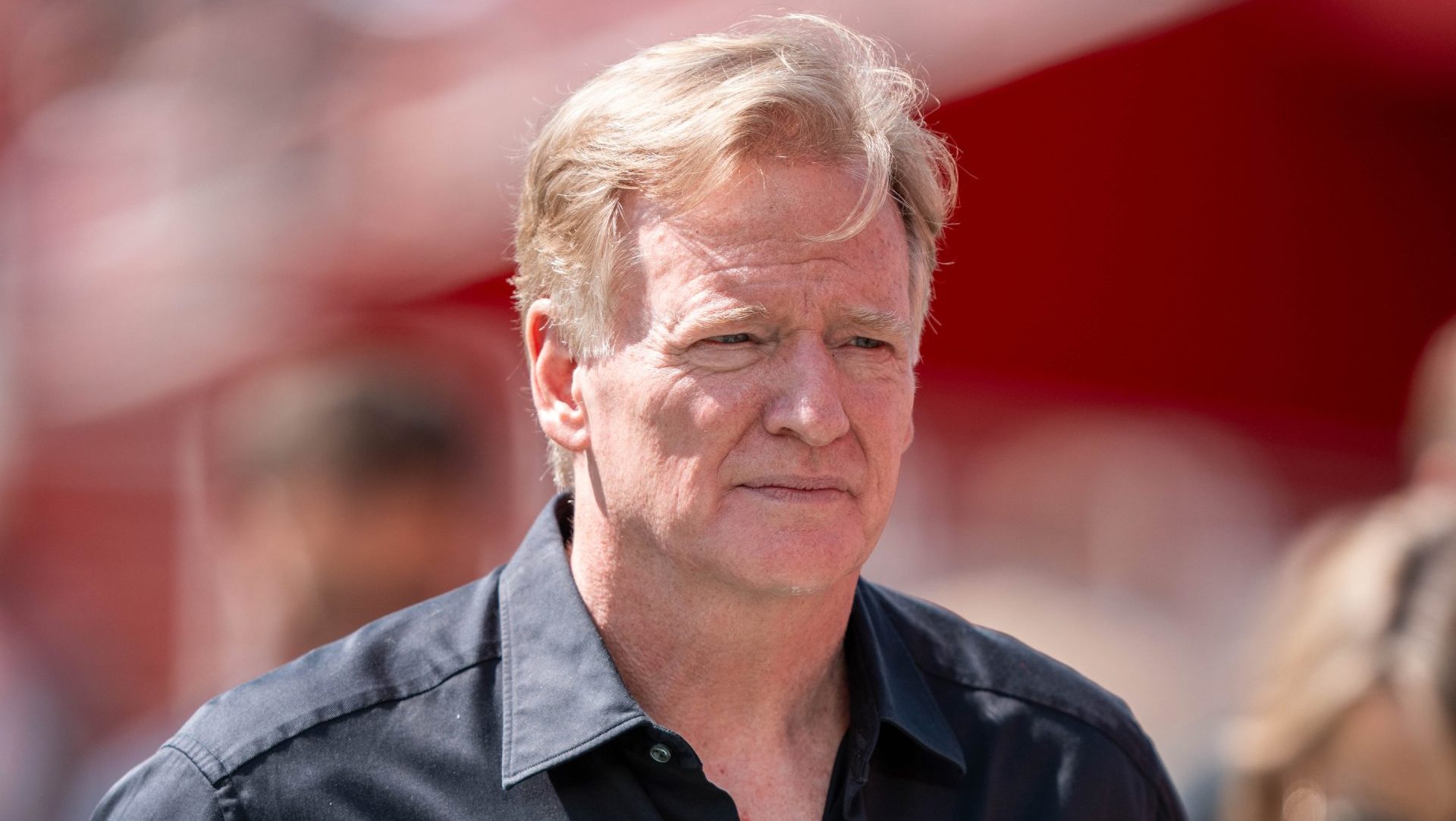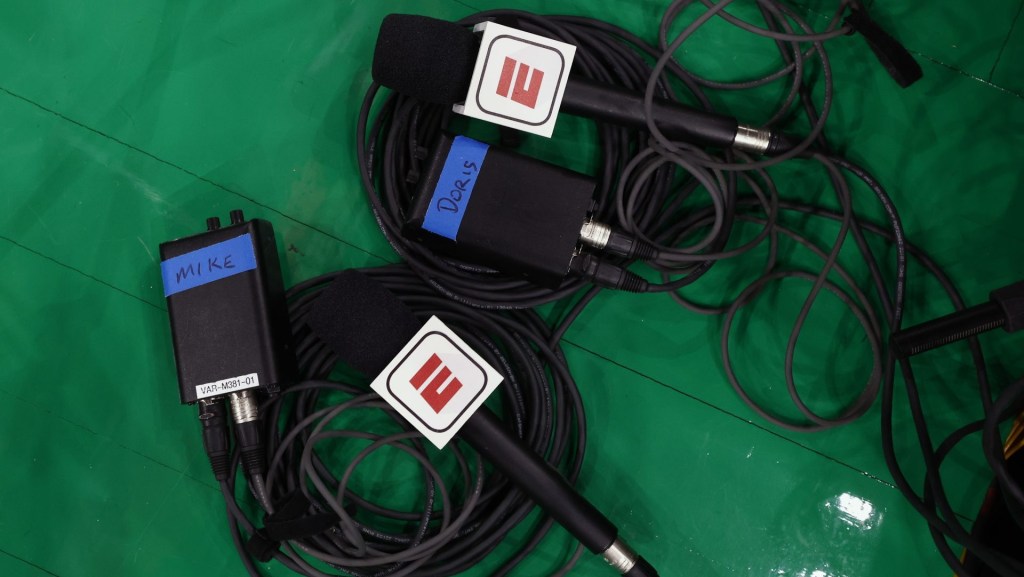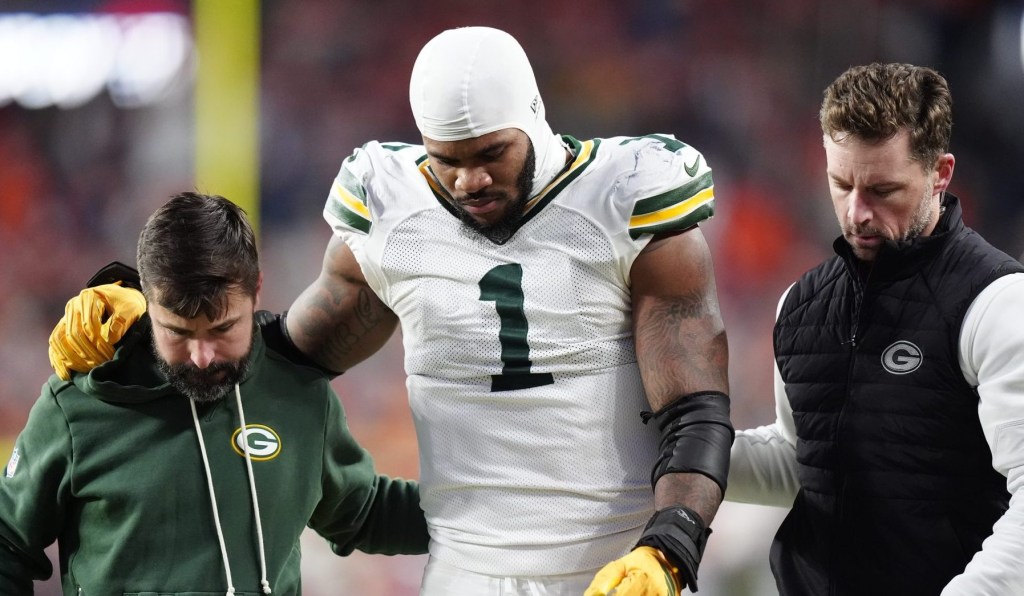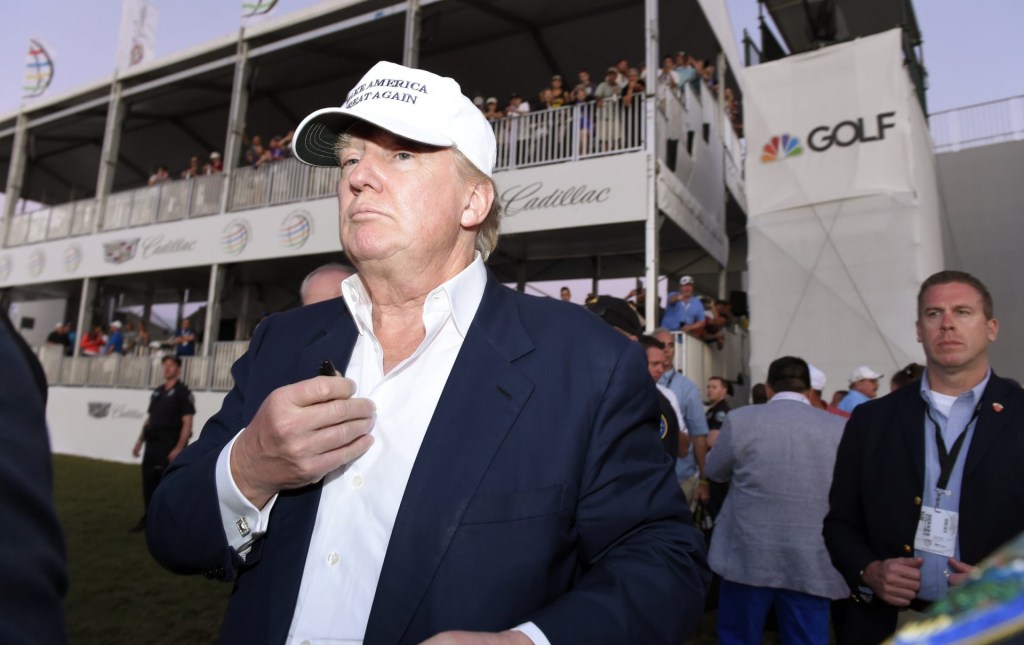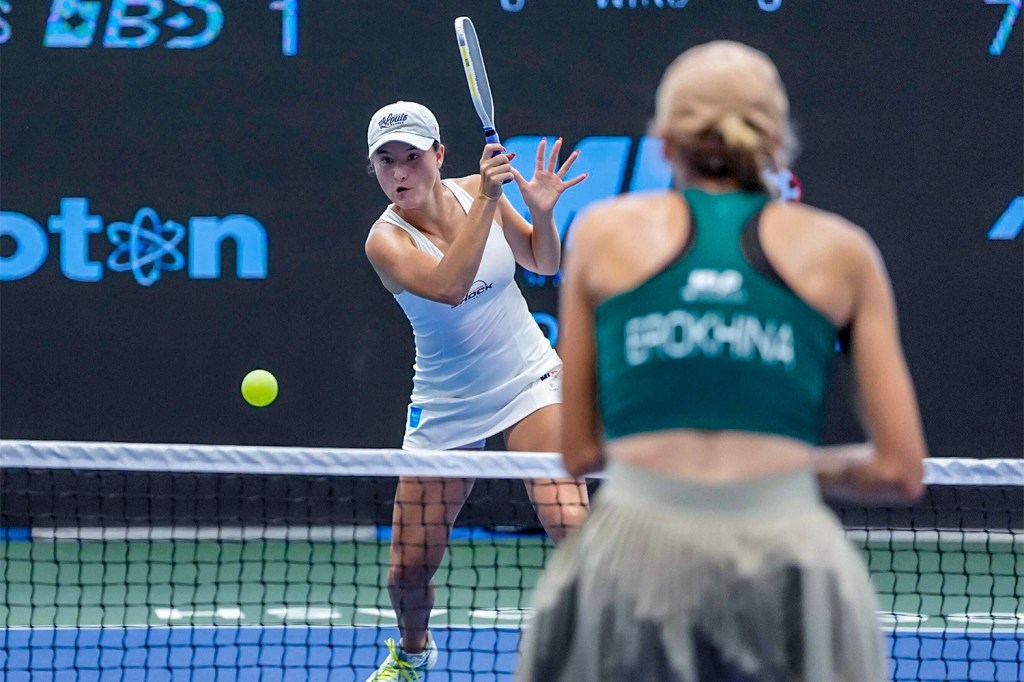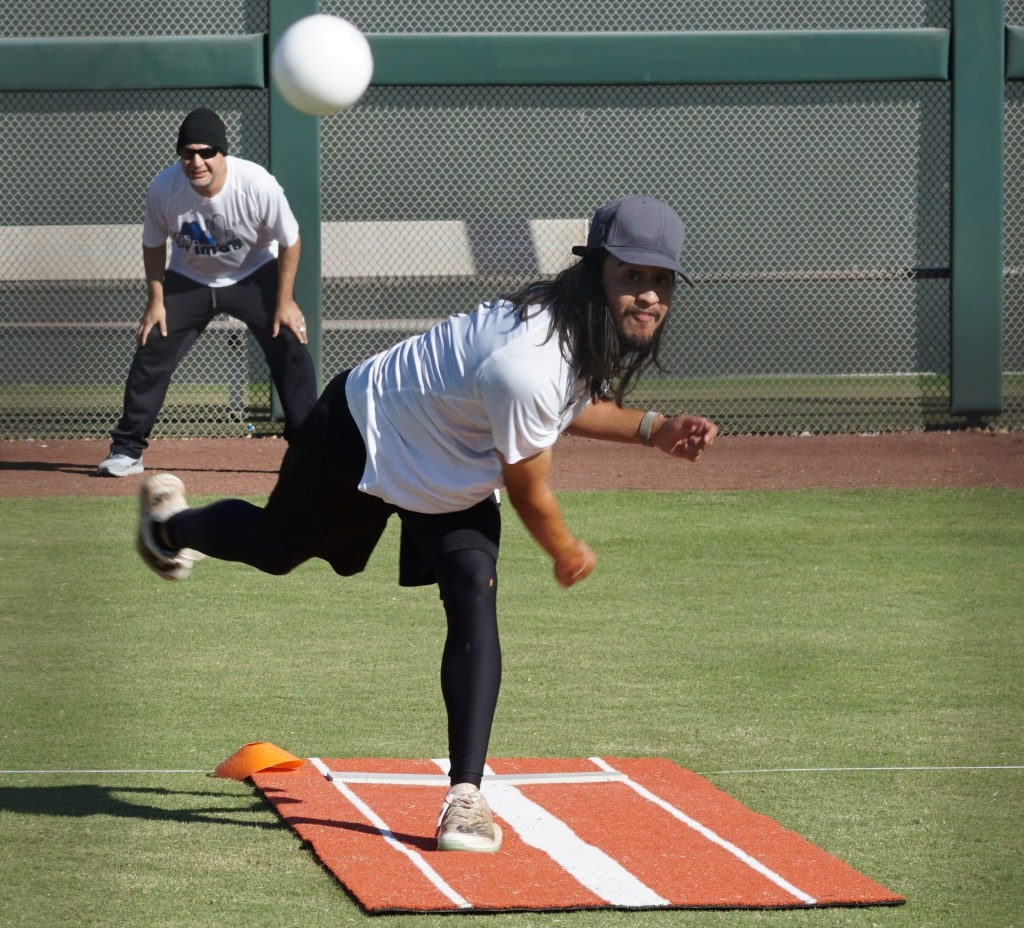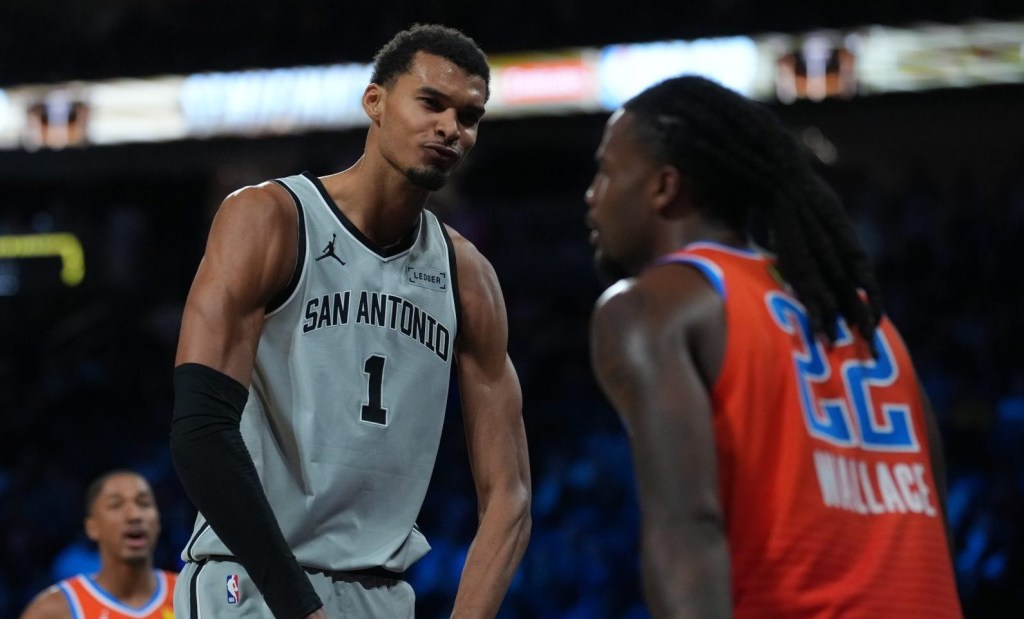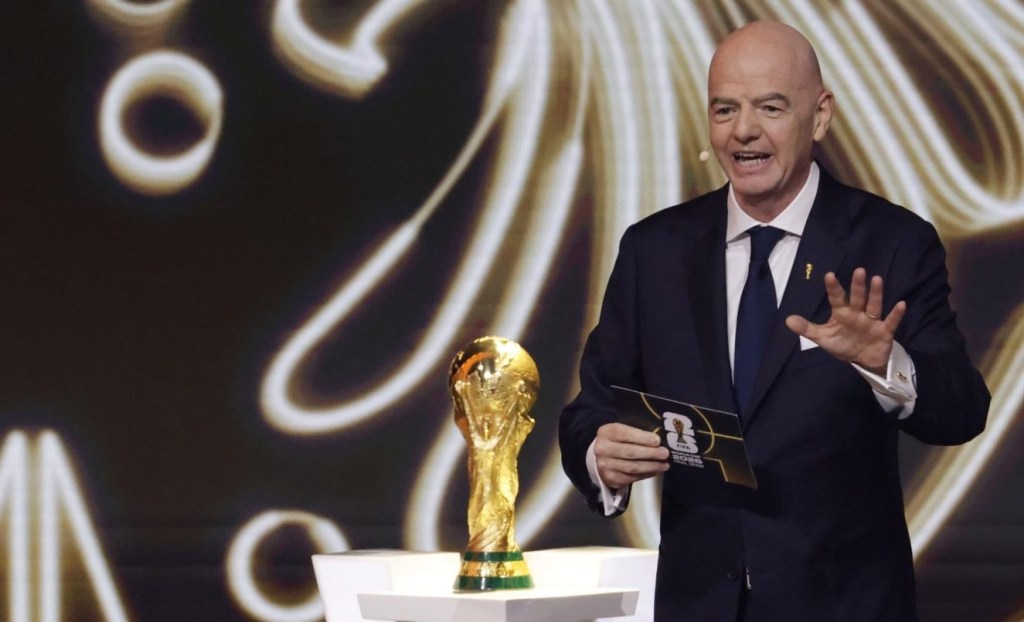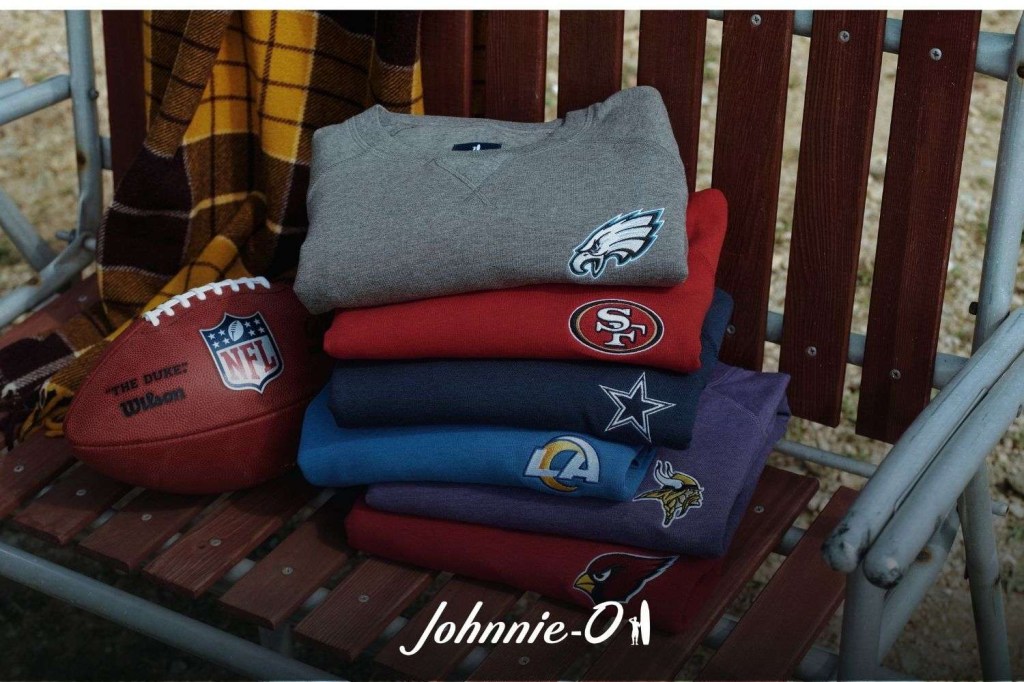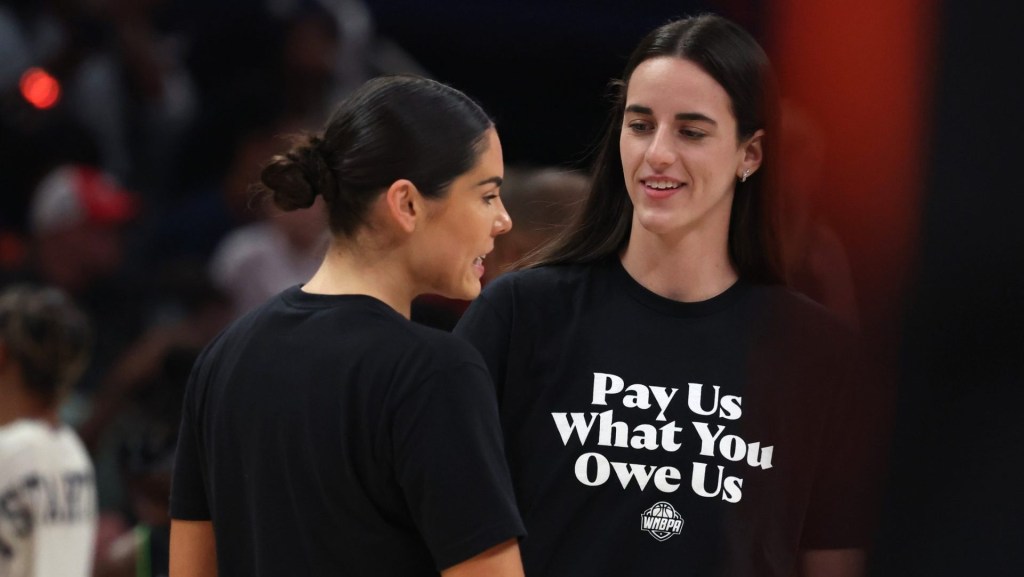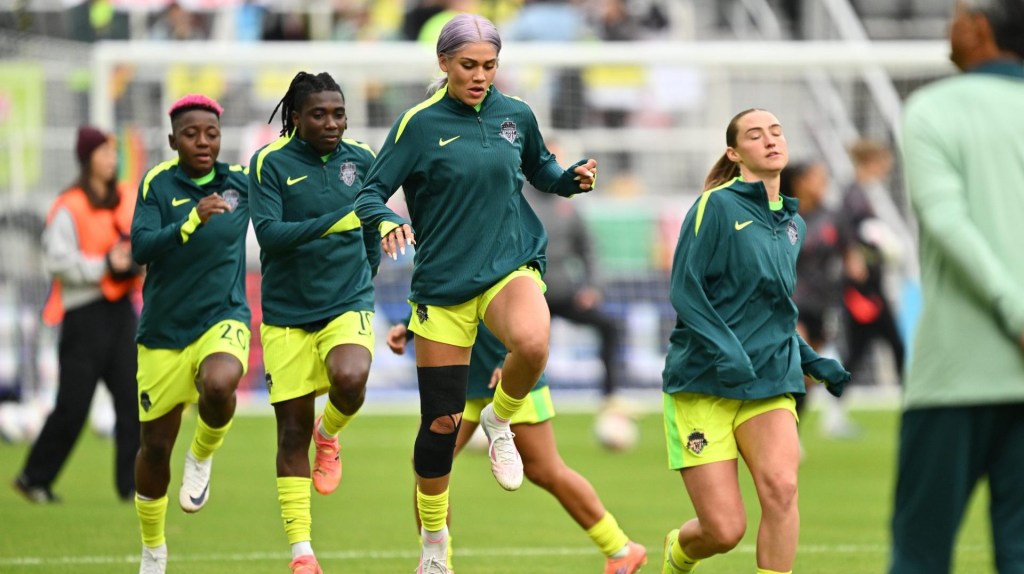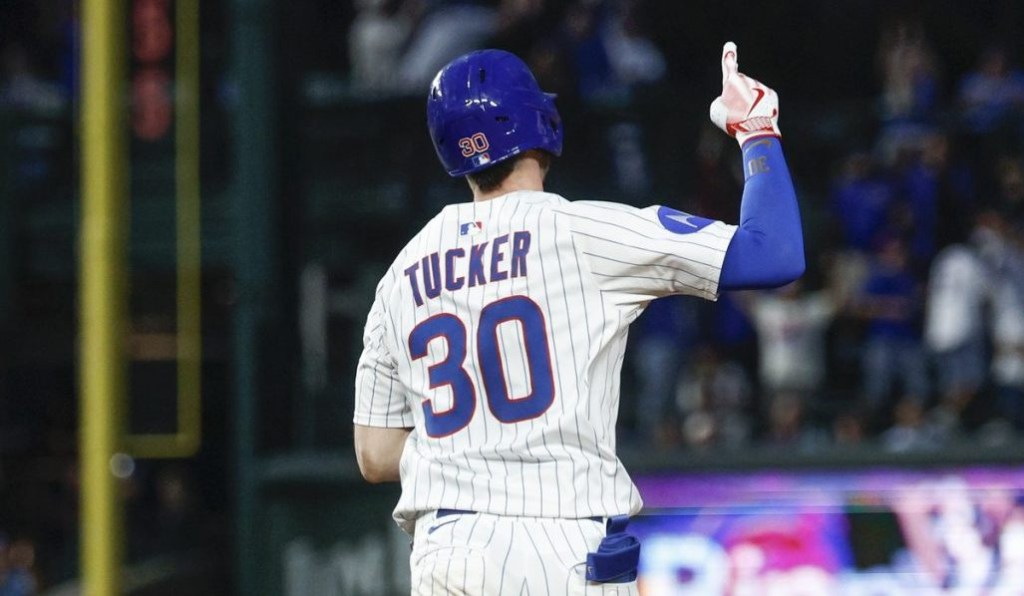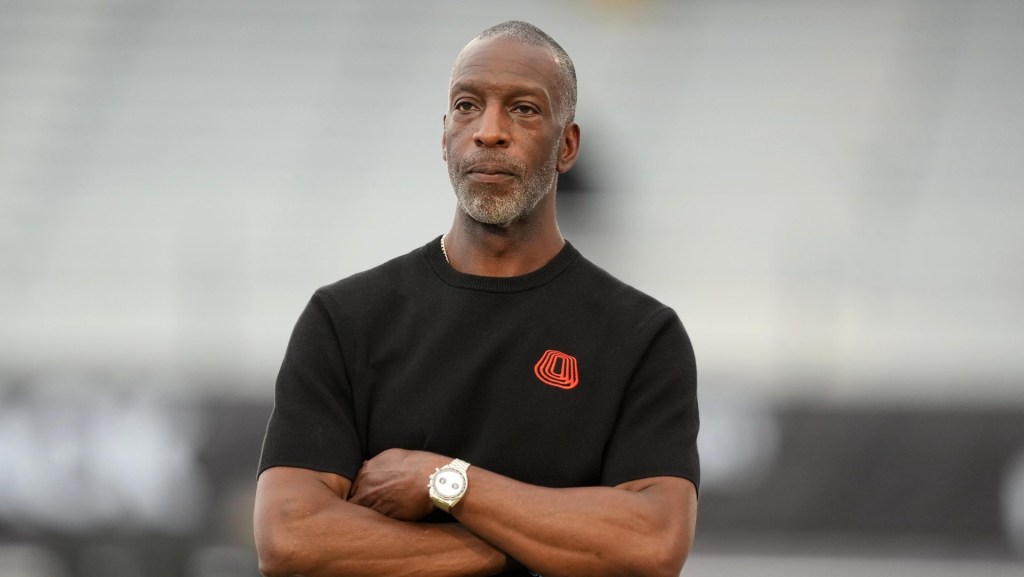NEW YORK — NFL commissioner Roger Goodell has been working in pro football since 1982, and although he’s not generally prone to overstatement or hyperbole, he did wrap up last week’s fall meeting with a notable pronouncement.
“This is my 44th season and I’ve never felt more excited or more entertained by the first seven weeks of the season than I have this year,” he said. “The competition is at a level I’ve never seen before.”
Through seven weeks of play, television viewership is averaging 17.6 million per game, the highest level since a record-setting season in 2015. Play on the field has never been more compelling, as nearly a third of the games so far have been decided in the final two minutes of regulation or in overtime. Kickoff return rates have more than doubled to 79.3%, but the adjusted format for the dynamic kickoff has continued to bring injury rates down.
Competitive balance is rising as six of the eight divisions have leaders or co-leaders that didn’t win those divisions last year, and nine teams that missed the postseason last year currently have .500 records or better.
Life is quite good for the NFL right now, even for that league’s lofty status in U.S. sports and culture overall. There are still plenty of issues the league is grappling with, however, with the concerns varying from resolvable to troubling.
Pro Bowl Games
The NFL is the undisputed king of the business of sports, but its all-star event has been on a long slide. First, the original Pro Bowl devolved into an uncompetitive, low-contact farce. The 2023 adjustment to the Pro Bowl Games smartly leaned in to flag football, a major NFL initiative heading into the 2028 Summer Olympics in Los Angeles, where the sport will debut as a medal competition.
Yet even for that league’s reformatted event, television audiences fell each of the past three years. To address that, the NFL has created a new date and locale for the Pro Bowl Games, which will be held during Super Bowl week at San Francisco’s Moscone Center on a custom-built field. Inside the convention center, league officials are aiming to create what they call a “Thunderdome for flag [football].”
“At this unique moment in time, where flag is such a critical priority for us, we’re making sure we’re elevating flag through a platform like this,” said NFL EVP Peter O’Reilly. “You always look at viewership, you look at all those metrics, but there’s a broader strategic play here, and that’s one of the main reasons we brought [it] into Super Bowl week. There’s no bigger platform out there than Super Bowl week.”
18-Game Season
The NFL has made no secret of its desire to expand the regular season. But that must be collectively bargained, and the NFL Players Association is still in the midst of determining its next permanent executive director after the resignation of Lloyd Howell in July. David White is currently leading the union on an interim basis.
As a result, negotiations on that issue are on hold. If the expanded season happens, however, it would open up many new possibilities around revenue generation, domestic media rights, and international play.
“You can’t start negotiations or discussions until both parties are ready,” Goodell said. “So from my standpoint, we’re going to do our part to be ready. The negotiations will be a lot more than just simply the 18[-game season].”
Tush Push
A proposed measure to kill the oft-debated, short-yardage play failed in May—but that was hardly the end of the story.
Since the new season has unfolded, the Tush Push has only grown more difficult to officiate in real time, with replays continuing to show early movement by linemen. It’s not certain whether a new measure to ban the play will surface in the offseason, or whether there will be sufficient support among the teams if it does.
“At the end of the day, there’s a team that still does it well, and we’ve seen other people have versions of it,” said NFL EVP of football operations Troy Vincent, referring to the defending champion Eagles but not naming them. “But from an officiating standpoint, we’re going to try to get better at identifying when someone is in the neutral zone or when someone leaves a little early.”
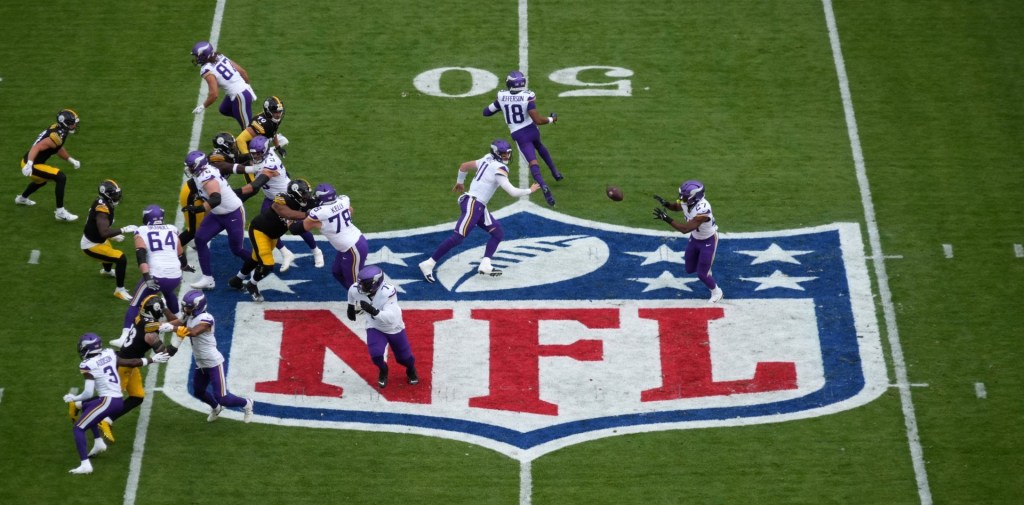
TV Viewership
Drawing eyeballs certainly isn’t a crisis, as the NFL’s audiences beat everything else on U.S. television by a considerable margin. The league, however, has been openly critical of some of Nielsen’s methods as the measurement agency continues to evolve its work.
Even after striking a more conciliatory tone regarding Nielsen last week, the NFL still believes that not all of its viewership is being counted due to perceived gaps in the agency’s methodologies.
“It’s hard to say anything regarding Nielsen is ever fully resolved, but this stuff is hard, we know they’re continually looking to evolve,” said NFL EVP Hans Schroeder.
Bad Bunny
Goodell stood behind the Puerto Rican superstar last week, and affirmed that there will be no change in the headliner act for the Super Bowl LX halftime show in February.
While his stance was expected, that almost certainly won’t be the end of what has become a lightning-rod issue politically. Conservatives, including President Donald Trump, have widely decried the choice given Bad Bunny’s criticism of the administration’s immigration enforcement procedures. The conservative advocacy group Turning Point USA is developing an alternative event it’s calling “The All-American Halftime Show.”
What is certain, though, is that the Super Bowl halftime show will generate significant viewership. “I’m not sure we’ve ever selected an artist where we didn’t have some blowback or criticism,” Goodell said. “That’s hard to do when you have literally hundreds of millions of people that are watching.”
International Play
This is another champagne problem for the league as its global aspirations accelerate rapidly. There is far more interest in countries wanting to host NFL games than there is available inventory. The record seven non-U.S. games scheduled this year will be a minimum baseline going forward as the league builds toward a full-season slate of international contests.
The league, however, must strike a careful balance between deepening its presence in established global markets and continuing to forge new ones.
“We are evaluating whether we go beyond the ones that we have in place or do we go to new markets,” O’Reilly said. “It’s not just about the stadium. It’s about the strategic value [of that market], what is the long-term value, what are the partnerships?”
Bears Stadium
New stadiums for the Bills and Titans are well into construction, and the Commanders and Browns have recently made major steps toward domed venues of their own. The Bengals recently gained approval for a major facility renovation, and the Chiefs continue to consider stadium site options on both sides of the Missouri-Kansas border.
The Bears, however, continue to have issues. Their plan to build a $5 billion stadium and mixed-use development on its own land in suburban Arlington Heights, Ill., and pay for most of it themselves, is still drawing sharp criticism from lawmakers. The future path on the project is decidedly unresolved, and a recently proposed bill in the state would constrain key parts of how the Bears intend to develop the parcel.
Goodell did not commit to getting more directly involved in the Illinois political situation, but he said the league is available to do so should the Bears seek that help. More broadly, the commissioner marveled at the generational facility boom currently unfolding around the league.
“I don’t think we’ve had a period since maybe the mid-to-late ’90s where we’re having the kind of stadium development that we have today,” he said. “Communities are recognizing the value of having a new stadium and what that brings.”
